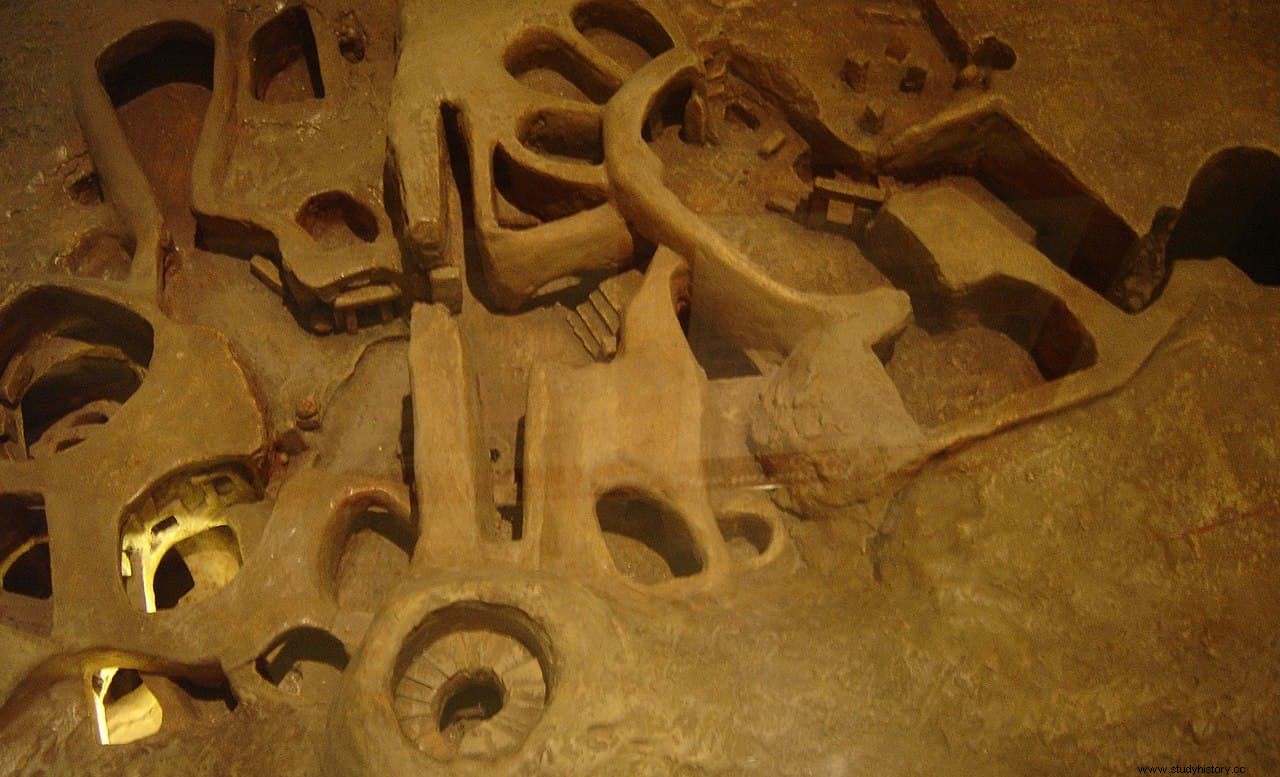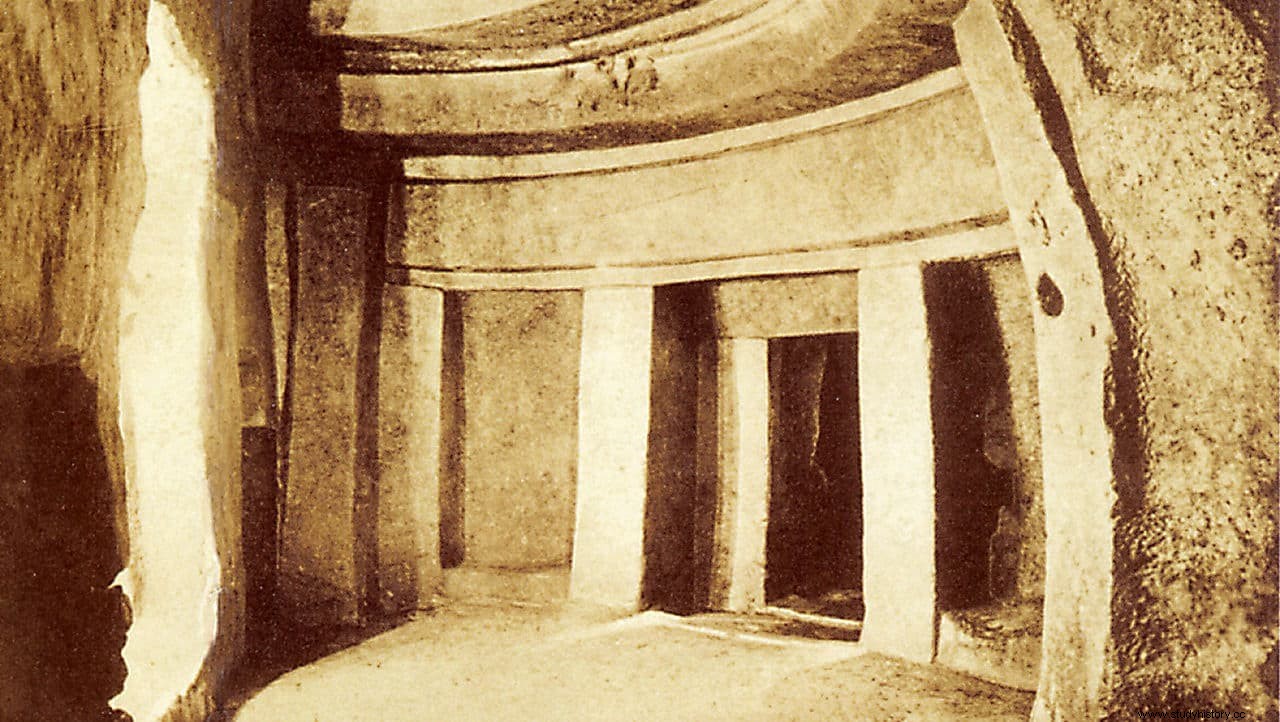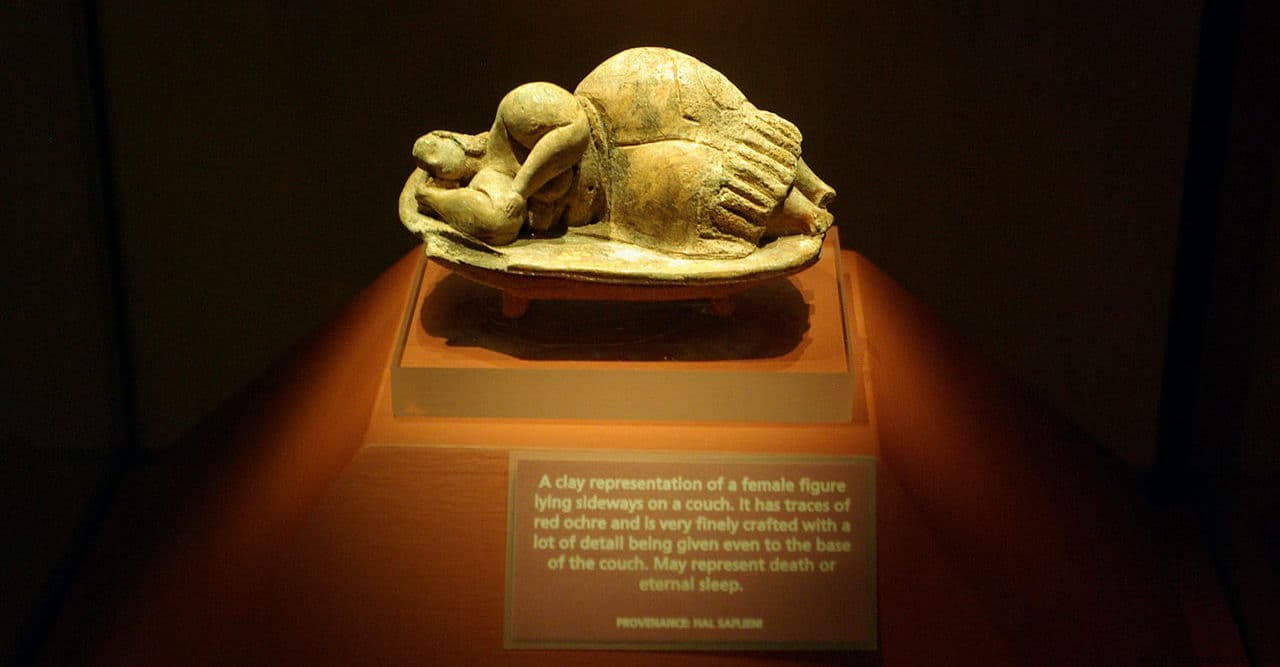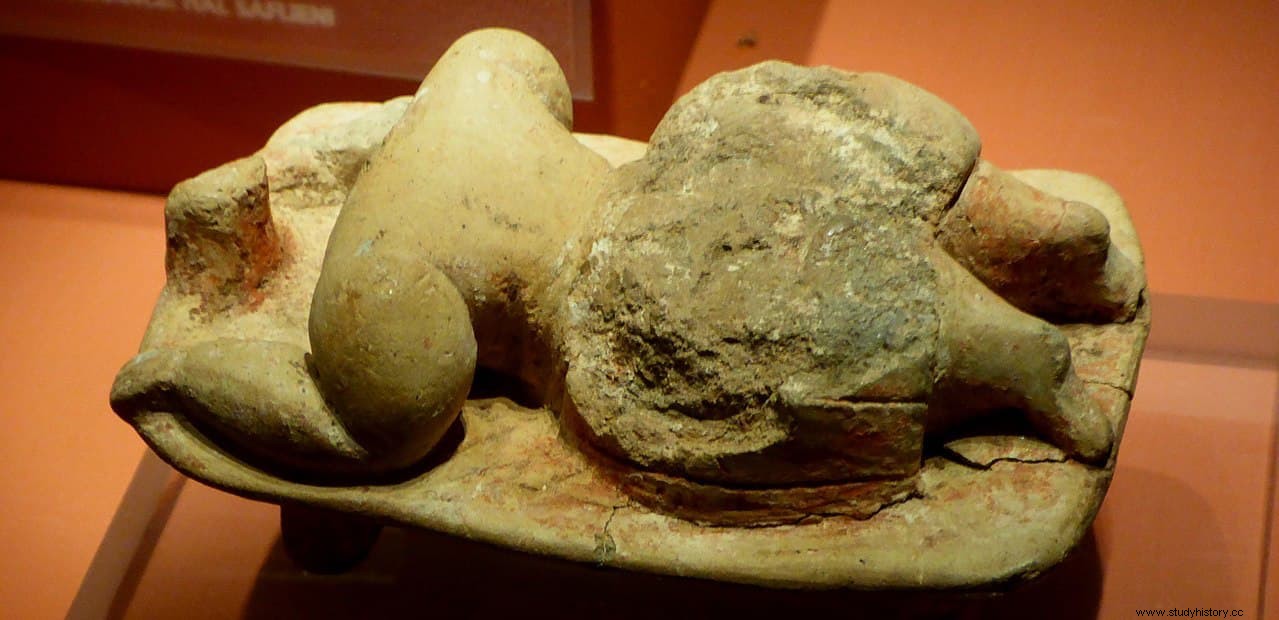In 1902 some construction workers got quite a scare while working on the construction of some cisterns in Paola, a town in the southeast of Malta, about 5 kilometers from the capital, Valletta. The ground cracked and through the hole they could see that there was a huge cavity there.
It was a hypogeum, a labyrinthine underground complex excavated between 4000 and 3000 BC. during the Neolithic, and which is the only known prehistoric underground temple.
The Hal Saflieni Hypogeum, as it is known today, has three levels, with architectural elements carved in imitation of the temples on the surface and was decorated with spiral and polygonal ochre-colored wall paintings, being the only prehistoric wall paintings in Malt.

The rooms and chambers of the three levels are interconnected by stairs, lintels and doors. According to UNESCO, which declared it a World Heritage Site in 1980, the hypogeum is one of the largest and best preserved environments that have survived from the Neolithic .
It was built by a civilization about which not much is known yet, which around 2500 B.C. disappeared without trace of wars, invasions or natural disasters. The only thing that remained of them were their megalithic constructions, since they had no written language.

Inside the hypogeum the remains of more than 7,000 people were found, along with a multitude of objects such as decorated ceramic vessels, stone and clay beads, amulets, axes and figures representing animals and human beings. Some of the remains, a small percentage, present an abnormal cranial elongation, similar to that of the skulls of the priests of ancient Egypt, which suggests that they could perform a similar function.
But the most remarkable and amazing object of all those that were found appeared in 1905 in the main room of the second level, which is circular in shape with several doors, some blind and others that lead to different rooms. The object in question is a clay figurine that represents a woman lying on her side, and which she immediately nicknamed the Sleeping Lady . .
It dates from approximately around 3000 BC. and is believed to represent a Mother Goddess, although her true nature and meaning remain elusive. There are those who think that it symbolizes death and eternal sleep. Others that it is a representation of female fertility.

It is small in size, about 12.2 centimeters long, but the anatomical details are rendered in an astonishingly realistic manner. The figure is nude to the waist and her large flared skirt with remnants of ocher pigment and embroidery decoration falls over rounded legs.
Her right arm is curled under her head holding a kind of hard pillow, and the other hides her breasts. He has a curious hairstyle, shaved to the crown and then curled to the shoulders.
Also, the bed she rests on seems to sink under her weight. Some scholars such as Reuben Grima believe that the exaggerated proportions of the hips and other elements are due to the fact that the figure is intended to convey a tactile sensation, a physical sensory experience of the female anatomy. .

Her feet are missing, which would surely have protruded a bit from her bed. Even so, it is the only one of all the statuettes of this style that has been found practically complete, hence its importance. The others appeared headless and many times without other parts. Sometimes they have a flat chest, so they could represent men and even androgynous.
The large number of figurines similar to the Sleeping Lady found both in the hypogeum and in the temples of the Maltese islands has led some archaeologists to hypothesize that Maltese society may have been a powerful matriarchy dominated by priestesses, female leaders and mother goddesses. Others see no scientific basis in it.
